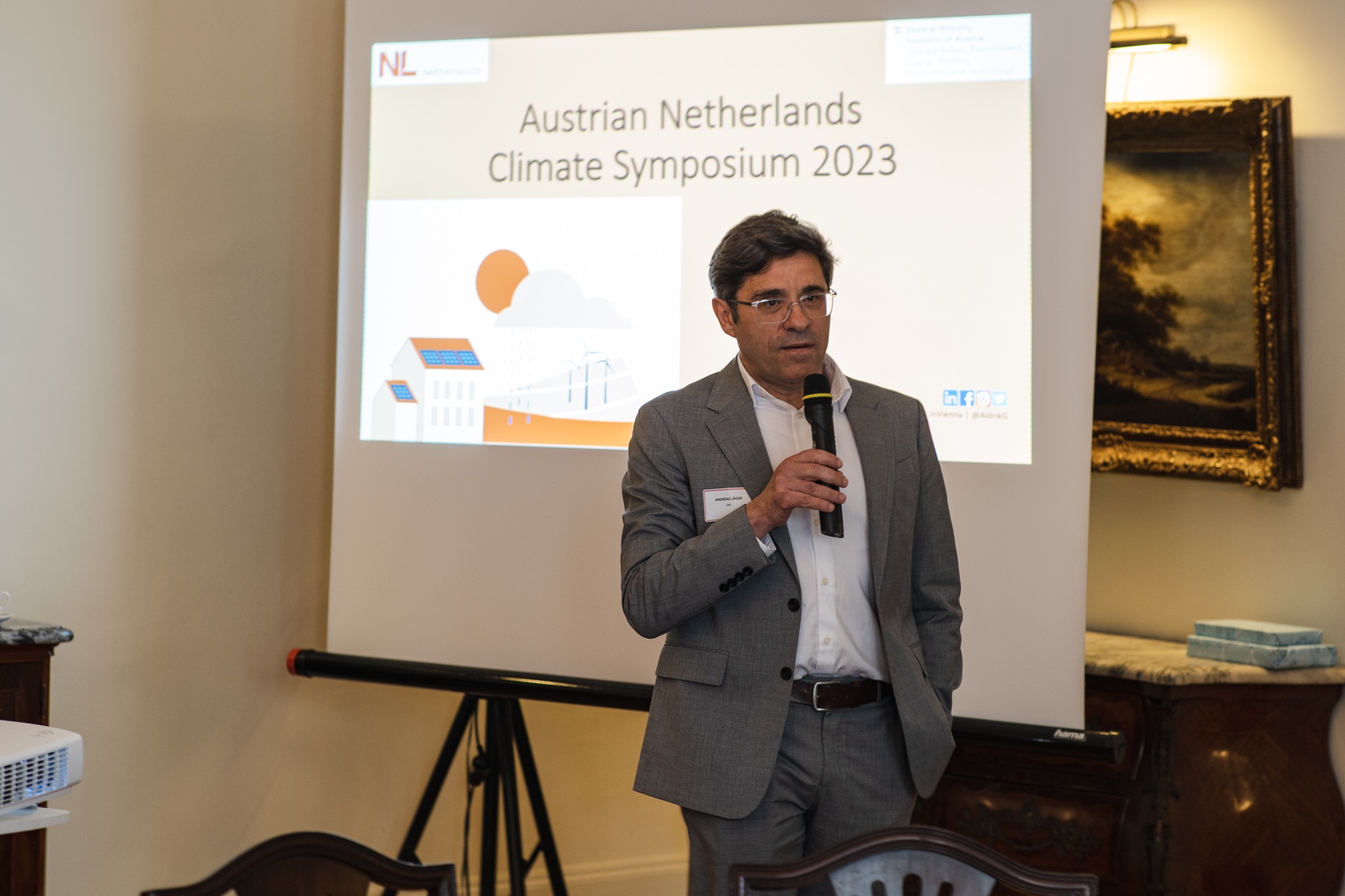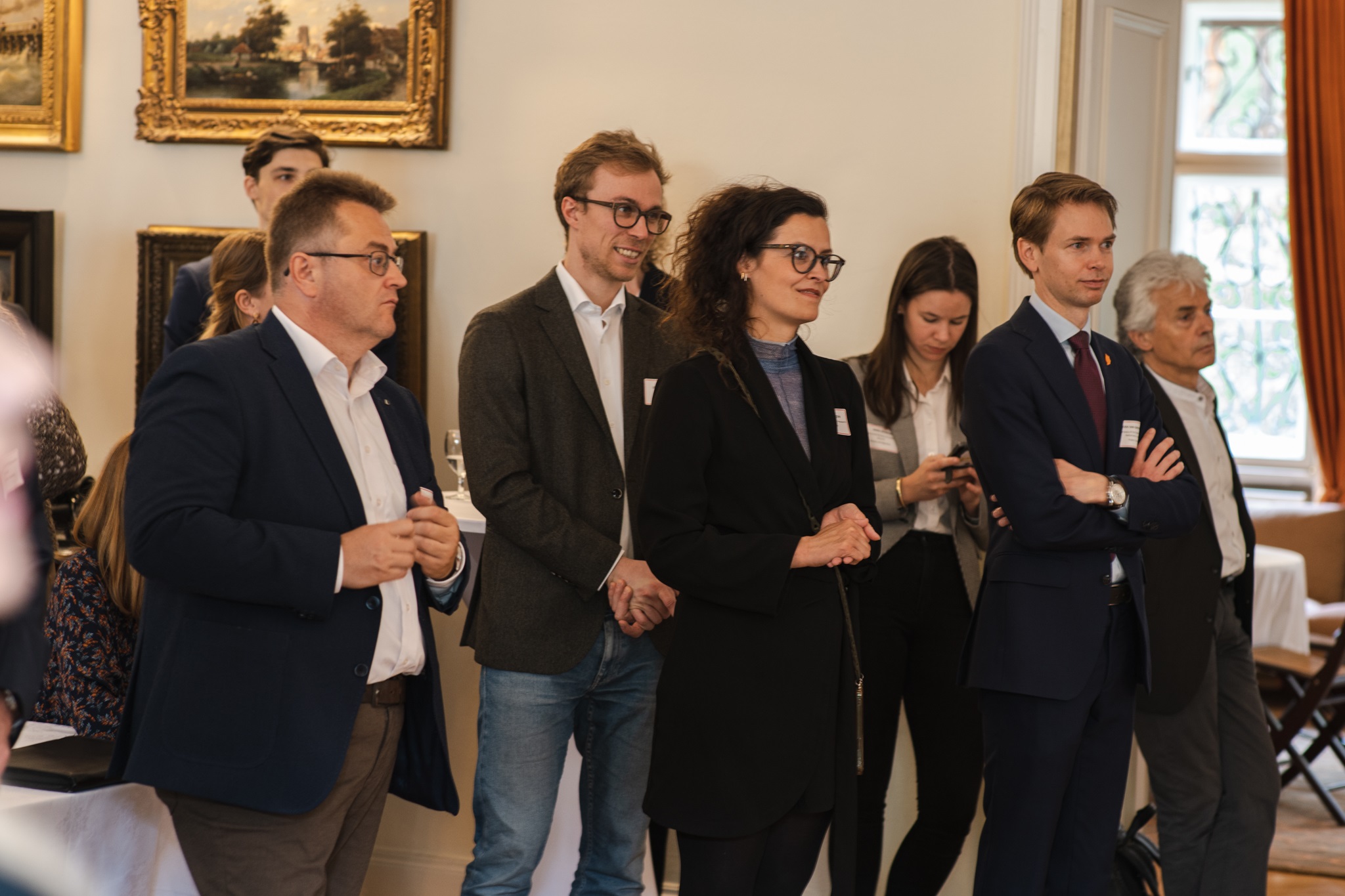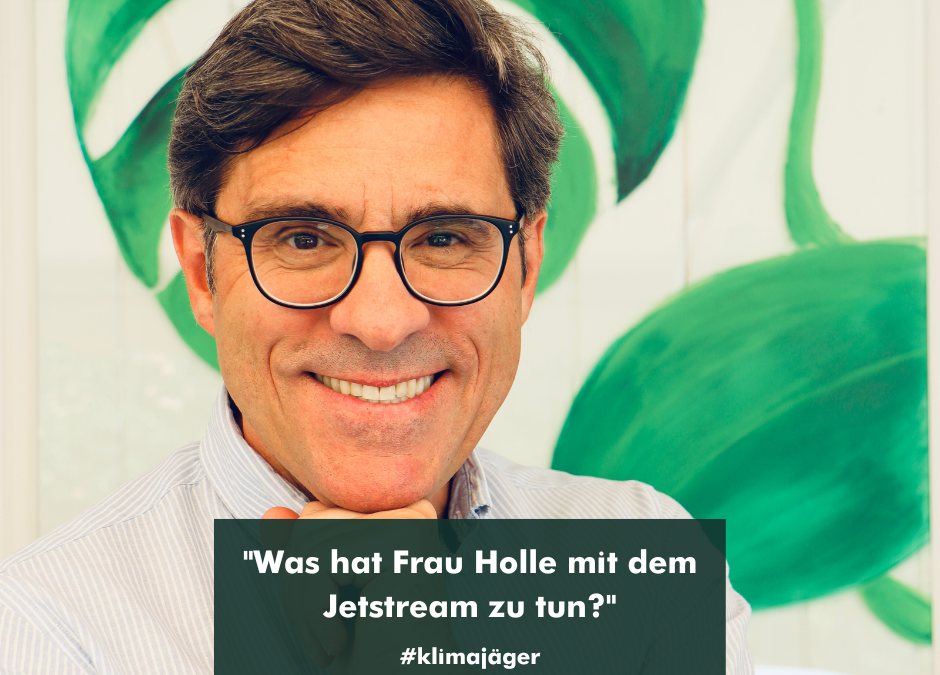Darüber durfte ich gestern an der Botschaft des Königreichs der Niederlande anlässlich des Austrian Netherlands Climate Symposium sprechen.
Die Bottom Line: Es geht meiner Meinung nach nicht nur darum, den Klimawandel zu verstehen und Lösungen auszuarbeiten – es geht zunehmend auch darum, diese zu kommunizieren, damit sie auch wirklich umgesetzt werden.
Dazu müssen guten Geschichten die uns Mut machen erzählt werden – und zwar nach drei unverzichtbaren Kriterien:
- auf Augenhöhe,
- ehrlich und
- vor allem positiv.
Nur wenn die Menschen die Lösungen nicht von oben herab aufgedrückt bekommen, sondern sie verstehen und zuversichtlich gestimmt sind, werden sie sie annehmen und umsetzen. Das fällt meiner Meinung nach unter die Corona-Learnings.
Wer Lust hat, den ganzen Gedanken nachzulesen, hier meine Keynote:


Ladies and gentlemen,
where are we as a society when it comes to climate change? In my opinion we have been right here for about 5 years: the time of not wanting to believe is over, people no longer deny climate change, they have accepted it and now want solutions. In terms of communication, this means that the image of the lonely polar bear on the floe, which will soon be drowning, has had its day. Away with it. People no longer need to be shaken awake. What they need now is a concrete idea of how we can save the polar bear. What people need now are positive stories, stories to pull themselves up on, stories that give strength.
I’ll tell you what, when I first heard about climate change during my studies in the 1980s, it was about the Netherlands. I remember a lecture by a Dutch climatologist who reported on how they tried to model the rise in sea level with the simplest of means. At that time we were still miles away from good computer modeling – but I noticed at the time how seriously people in Holland obviously took global warming and the resulting rise in sea levels. While we at the institute in Innsbruck were still divided on man-made climate change. The institute had a strong focus on glaciology and we students did internships on the “in-house” glaciers in Tyrol. You have to imagine: In the 80s and 90s, that was the time when not only soldiers from the First World War or Ötzi melted from the eternal ice, but also numerous tree trunks from the time of the Roman climate optimum. So, there used to be a forest and it had been that warm before. So why worry?
Today we know that we are in the midst of climate change and its significance goes far beyond sea level rise. From the slightly snooty “these poor Dutchmen, but what does sea level affect us in the mountains” – the awareness has grown that we are all in the same boat: The Netherlands and Austria are connected by a band above our heads, the strong wind band of the polar jet. Coming from the Atlantic, one depression after the other is carried over the Netherlands and often enough also to the Alpine arc. And this band of strong winds has already changed: it has become weaker, it meanders more strongly and low and high pressure areas have become more sluggish and slower…
When I give climate talks, I like to compare the jet stream with Mother Holle. You know, the fairy tale by the Brothers Grimm: The poor girl with the wicked mother-in-law who jumps into a deep well and wakes up in a flowery meadow. There is an oven in the meadow, and the girl asks the girl to take the bread out of the oven so that it doesn’t burn. Which she does, well-behaved as she is. Right next to it is a wailing apple tree, whose ripe apples she collects and puts in a heap. In the end she meets Frau Holle in a small room and dutifully helps her too. And every time she shakes the sheets, it snows on the ground. (The fairy tale fails to mention that it naturally rains when she washes the bed linen.) When she finally goes home because she is homesick, Mother Holle rewards her with a shower of gold at the gate when she steps through, and she becomes Goldmarie. Her evil and lazy stepsister wants the same amount of gold and follows her example. She jumps into the well, ignores the oven and the apple tree (the bread burns, the apples rot) and at Mother Holle’s she prefers to lie down in the morning instead of working. As a „reward“, however, it does not rain gold, but bad luck down on them. Gone stupid. Instead of becoming Goldmarie, she becomes Unlucky Marie.
The fairy tale of Frau Holle is very popular among psychologists. The deep well, they say, represents the unconscious, the bread in the oven and the apples on the tree are the problems we must face, and Mother Nature is Mother Nature we must come to terms with.
I am now quite cheeky, telling us that this applies not only to a single person, it applies to the entire global civilization: we have a historic moment in which it is a question of whether we will become unlucky or golden. Are we finally taking the problems seriously instead of suppressing them? The climate change? Species extinction?
There are so many loaves of bread that we just have to pull them out of the oven. There are so many apples we just need to pick. The solutions are all there! We just have to finally – like Goldmarie – tackle our problems. You know, the 6 subject areas: industry, construction, energy, nutrition, transport, climate – if we work on it together, if we make everything CO2-neutral and sustainable – then in the end we will have a better, richer life and come to terms with nature. Like Goldmarie.
Ladies and gentlemen, I just want to ask you all one thing – go the extra mile! You all understand climate change and have very clear solutions in mind. Now you have to think: How can I get a copy of the solution from my head into the heads of others? Just tell a good story: one that is honest, honest – and above all: tell a positive story!
Thanks for your attention!

